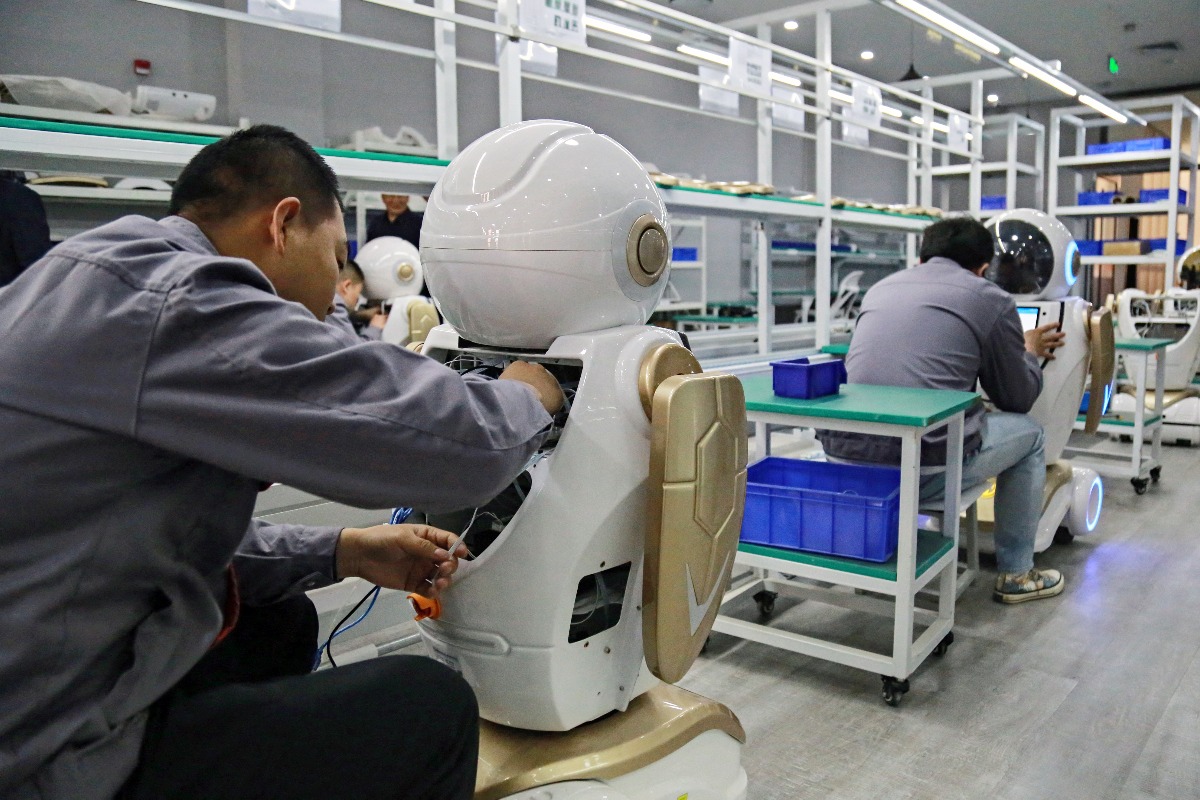The traditional Chinese world view collapsed in the 19th century due to losses to western powers and later to Japan. The Chinese were forced to reconsider their own position in the world and accept that they were not the only civilization. This was a slow and painful process. While the West was modernizing quickly, China, still accounting for almost one third of world GDP in around 1820, was lagging far behind and was faced with the prospect of immediately moving from the central position it had held for thousands of years to the periphery. Everything that has taken place in China in the last 100 to 130 years, whether it be Sun Yat-sen’s revolution, the modernization attempts of the Republican era, Mao Tse-tung’s campaigns or the “reform and opening up” policy announced in 1978, can be interpreted as a manifestation of the efforts to regain the country’s central position. These efforts have finally started to bear fruit in the last few decades.
In the meantime, of course, the Chinese people’s perception of the world has also undergone a profound transformation. As a result of the failures suffered between the mid-19th and the mid-20th century, they started to study the outside world consciously and to use the information they gained pragmatically. They also adopted successful patterns seen elsewhere, taking care to adapt them to the Chinese realities. The traditional view of China as a civilization has been replaced by a more realistic view that China is not the only civilization, but rather one of the several poles of civilization and politics. This comes with an acceptance that China has a non-exclusive yet important role in shaping global processes. After the proclamation of the People’s Republic of China in 1949, the country fell under the Soviet sphere of influence for a while, ridding itself of this dependence about a decade later. Since then it has pursued a fully independent foreign and domestic policy. Initially the required weight was provided by the large population and then the status as a nuclear power, but these factors were accompanied by growing economic power due to the successes of “reform and opening up”. At the start of this program, the Chinese economy accounted for less than 2 percent of world GDP. Today, it accounts for 17 percent and the period of growth is far from over. There is even a good chance of overtaking the United States within a decade or two.
Until the 2000s, China’s position in the global economy was typical of peripheral players. It relied on its large, cheap labor force to provide low-value-added activities for the centers. But the situation has changed in the last decade and a half. China has moved (or moved back rather) towards the center, and in many areas, from e-commerce through artificial intelligence and high-speed railway technology to robotics, it is now at the forefront of the world with quantitative growth replaced by qualitative progress. With that, it has inevitably rearranged the surrounding world, including, of course, its relationships with Eurasia. The last two hundred years or so, when China was in a peripheral position, can only be interpreted as a historical anomaly. But now the country has begun to regain its original position.


